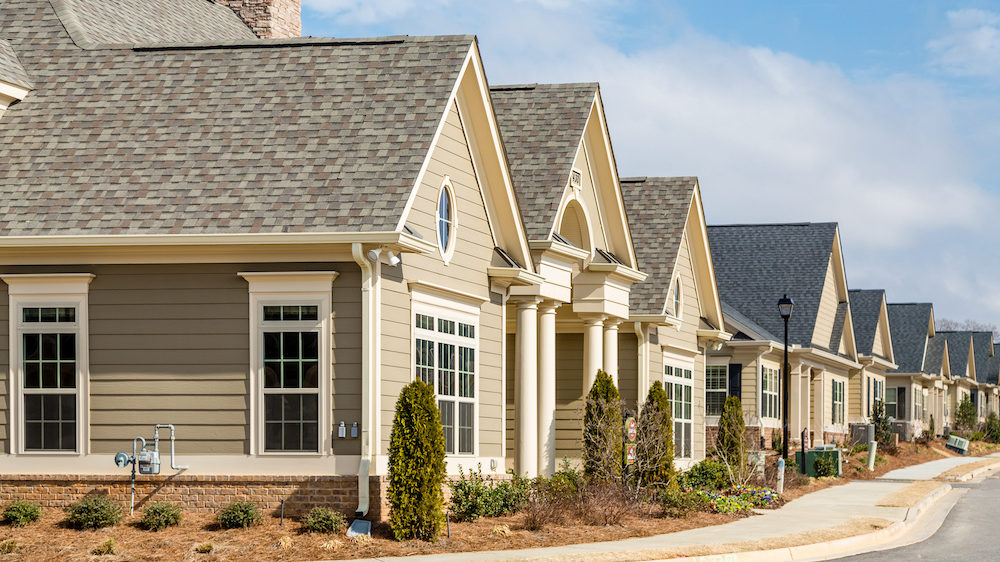
You are familiar with condominiums, but did you know there are also landominiums? What’s the difference, and what do these two forms of homeownership have in common? Here’s what you need to know before you buy.
The key difference between condos and landominiums
When you buy a condominium, you purchase only the living space within your unit. You do not own the building’s exterior walls and roof nor the ground beneath the building. However, with a landominium, you own the land on which your unit says. This makes landominium ownership similar to owning a single-family home, except that your home is in a complex of other units sitting side by side in a single building or in a cluster of buildings.
The similarities
With both condominiums and landominiums, the developer owns the development’s common areas, such as the lobby, clubhouse, pool and other amenities. A homeowners association (HOA), governed by a board of directors made up of homeowners from the development, makes decisions on property maintenance and upkeep, enforces rules and covenants, and sets dues. The HOA usually hires a professional property management company to carry out these tasks. The HOA purchases a master insurance policy covering the building and common areas, but you are responsible for insuring your own unit.
Appeal to seniors
Landominium developments often are built for and marketed to retirees. The units are usually one story and sit side by side like townhomes. Amenities are geared toward retirees and seniors with active lifestyles.
Important due diligence
With both condos and landominiums, it’s vital that you research the development’s financial health before you sign on the dotted line. HOA finances can make or break the development and your investment in your home. If the HOA manages the finances and upkeep of the property well, the development should thrive. Failure to do so risks a deteriorating property and owners losing their investment in their homes.
If you are considering a landominium or condominium, do the following.
- Ask to see the HOA’s financial statements.
- Find out whether the HOA has commissioned a consulting company to do a reserve study. The HOA reserve is money set aside from owner dues to pay for major maintenance and upkeep in the future. Common areas, driving and parking areas, street lighting and amenities need periodic maintenance, repair and/or replacement. The reserve fund should be funded at 70 percent or more of what a reserve study has recommended. An underfunded reserve means that there may not be sufficient funds for major repairs, in which case the development’s owners will be charged a “special assessment” to make up the difference. Special assessments can be a large expense you haven’t planned for.
- Determine when the HOA dues were last raised and by how much. Also, ask about past increases. Failure to periodically raise dues to keep pace with rising prices of maintenance and repairs can result in insufficient funds.
- Ask whether the development’s buildings have had regular safety inspections.
It’s also wise to find out whether there are active social groups, parties, and holiday gatherings that make the development a welcoming place.
Related – How Condo Insurance Differs from Homeowners Insurance


